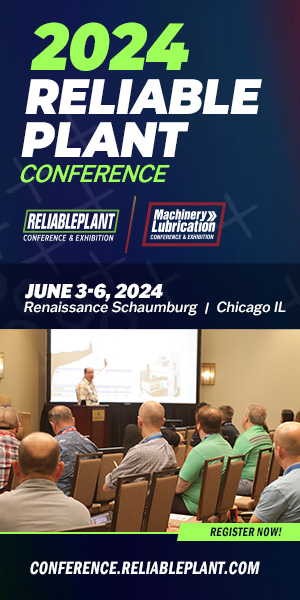Alstom and major Canadian power company TransAlta – along with their partners in the governments of Canada and Alberta and Capital Power, an independent power producer – announced the creation of a partnership to construct a large-scale carbon dioxide (CO2) capture and storage (CCS) demonstration facility at one of TransAlta’s coal-fired generating stations in Canada. The project is a major step toward advancing the capture of greenhouse gas emissions, with over 500 million euros funded by the Canadian and Alberta governments, and will be named Project Pioneer.
Project Pioneer will be located at the Keephills 3 power plant and will use Alstom’s proprietary Chilled Ammonia Process, one of the most promising and potentially lowest cost solutions for safe and reliable capture of CO2 emissions. Keephills 3, a joint venture between Transalta and Capital Power, is a 450-megawatt supercritical coal fired power plant to be built adjacent to the existing Keephills power plant in Wabamun, Alberta, Canada, about 60 kilometers from Edmonton.
The demonstration project will be able to capture approximately one million metric tonnes of carbon dioxide per year. It will be the first project in the world that will capture and store CO2 at this magnitude, as well as the first to have its own integrated underground storage system. The project is one of the last major steps required by Alstom prior to commercial availability from 2015 onwards.
“The Canadian government’s choice of Alstom and Transalta confirms the recognition of Alstom’s technology leadership in the capture of CO2,” said Philippe Joubert, president of Alstom Power. “The significant size of this project demonstrates that we are no longer in the testing phase, but are ready for commercialization. The lessons learned from Project Pioneer, as well as other carbon capture and storage projects worldwide will allow Alstom to answer to its engagement to commercialize its carbon capture technology.”




